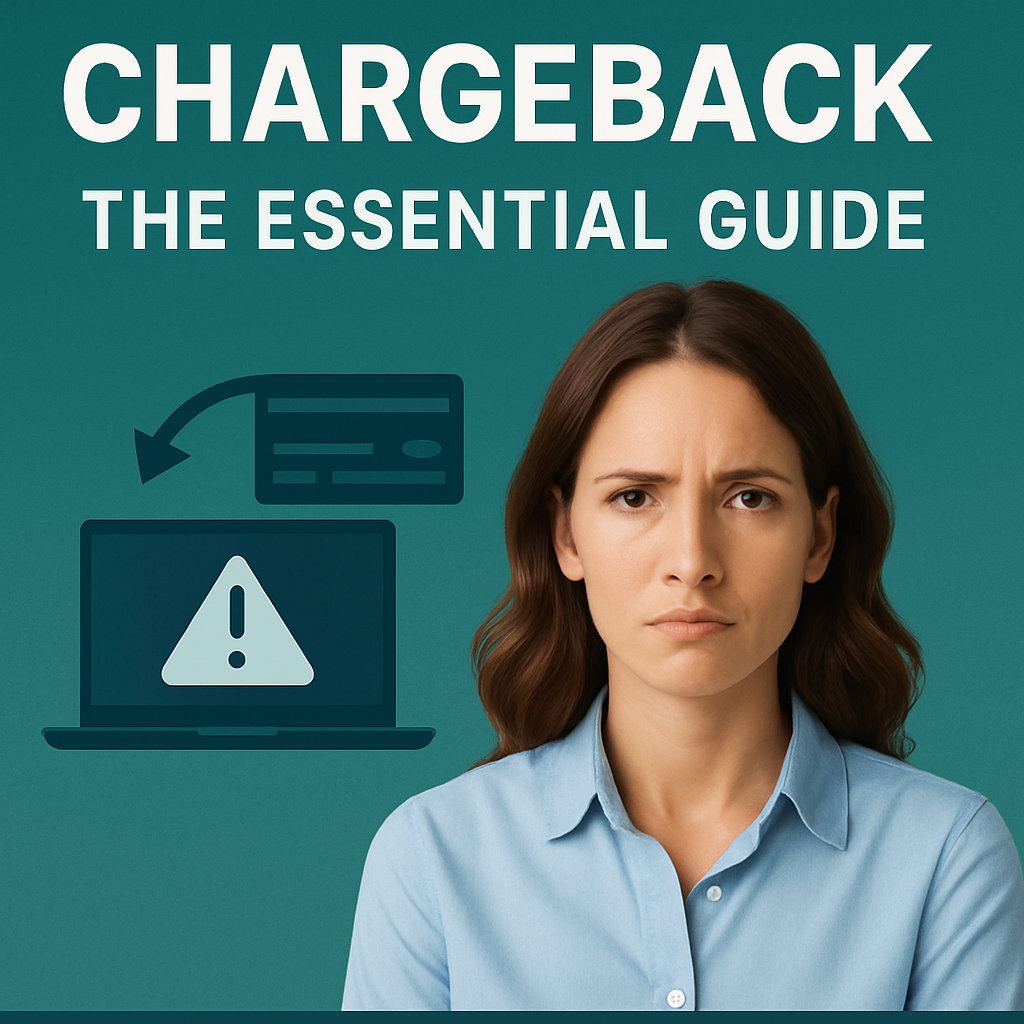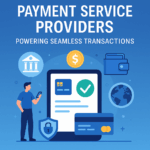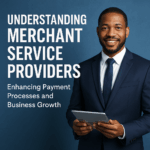
- arrow_back Home
- keyboard_arrow_right Chargeback
Chargeback fraud: The essential guide
ChargebackUncategorized 11 moise September 16, 2024

🛡️ How Online Businesses Can Fight Chargeback Fraud and Protect Their Revenue
For online businesses, chargebacks often feel like an unavoidable part of doing business. But when fraudulent chargebacks — also known as friendly fraud — begin eating away at your revenue, the impact is anything but friendly.
From lost sales to increased processing fees and even the risk of account termination, chargeback fraud poses a serious threat to merchants of all sizes. So, how can businesses fight back?
The answer lies in proactive fraud prevention, real-time dispute management, and cutting-edge chargeback protection technologies.
In this guide, we’ll explore:
- What chargebacks and chargeback fraud are
- Their operational and financial consequences
- How merchants can fight and prevent fraud
- How MOBOPAY.ca can help safeguard your revenue and maintain a healthy chargeback ratio
💳 What Are Chargebacks?
A chargeback occurs when a customer disputes a transaction with their bank or credit card provider, resulting in the reversal of payment. Unlike traditional refunds initiated by a business, chargebacks are enforced by the cardholder’s bank — automatically pulling funds from the merchant’s account without consent.
Originally designed as a consumer protection measure against fraud and unauthorized transactions, chargebacks today have evolved into a complex (and costly) challenge for legitimate merchants.
🚨 What Is Chargeback Fraud (Friendly Fraud)?
Chargeback fraud happens when a customer disputes a legitimate transaction, claiming unauthorized use, non-delivery, dissatisfaction, or another false reason.
Sometimes accidental, but often deliberate, chargeback fraud results in lost revenue, inventory, operational costs, and increased processing fees for merchants.
📉 The Real Cost of Chargeback Fraud:
- Lost sales and lost inventory
- Chargeback fees
- Higher processing costs
- Brand reputation damage
- Risk of losing merchant accounts
🧩 Common Examples of Chargeback Fraud
- “I didn’t authorize this charge”: Customer disputes a legitimate purchase.
- “I never received my order”: Customer falsely claims non-receipt.
- “Product wasn’t as described”: Customer initiates a chargeback instead of seeking a refund.
- “I canceled my subscription”: Customer forgets to cancel, disputes legitimate charges.
- “Someone else used my card”: Family or friends made authorized purchases later denied by the cardholder.
- Deliberate cyber-shoplifting: Customer buys, receives goods, and files a chargeback to keep both.
🔎 Do Banks Investigate Fraudulent Chargebacks?
Banks do investigate, but typically with a bias toward protecting consumers, making it critical for merchants to have strong documentation and proactive defenses in place.
🛠️ How Businesses Can Fight Chargeback Fraud
1. Leverage Advanced Fraud Detection
Use AI-driven tools that analyze customer behavior in real time and flag risky transactions before they complete.
2. Strengthen Payment Authentication
- Implement 3D Secure (3DS2) for online payments.
- Use Multi-Factor Authentication (MFA) where possible.
- Ensure clear, recognizable billing descriptors.
3. Keep Strong Transaction Records
- Save order confirmations, shipping details, and customer communication records.
- Collect digital signatures or biometric verification when possible.
4. Proactively Manage Disputes
- Monitor disputes in real time.
- Submit compelling evidence promptly to issuing banks.
- Track chargeback ratios to stay compliant.
🏦 Who Pays for Chargeback Fraud?
Merchants pay for chargeback fraud — and the costs stack up fast:
- Lost revenue and products/services
- Chargeback processing fees
- Higher transaction fees for being labeled high-risk
- Potential account termination by processors
💥 Financial and Operational Consequences of Chargeback Fraud
- Lost Revenue: Refunds are issued before merchants can respond.
- Chargeback Fees: Non-refundable, even if the dispute is fraudulent.
- Higher Processing Costs: “High-risk” status triggers fee hikes.
- Operational Disruption: Time-consuming dispute processes steal resources from growth.
- Brand Damage: Too many chargebacks erode customer trust and processor relationships.
✅ Effective Chargeback Prevention Strategies
Transparent Return & Refund Policies
Publish clear, customer-friendly policies on your website and in your communications.
Clear & Accurate Transaction Descriptors
Ensure your company name appears clearly on customer statements to avoid confusion.
Proof of Delivery and Order Tracking
Use shipment tracking and request signatures for high-value orders.
Proactive Dispute Management
Use real-time alerts and automated response systems to win disputes efficiently.
🔒 How MOBOPAY.ca Helps Merchants Protect Their Revenue
MOBOPAY.ca provides advanced fraud prevention, chargeback management tools, and 24/7 monitoring to help merchants:
- Prevent fraudulent transactions before they happen.
- Receive real-time alerts for potential disputes.
- Submit strong, evidence-backed responses automatically.
- Monitor trends to keep chargeback ratios low.
With MOBOPAY.ca, you can minimize financial losses, protect your brand, and maintain smooth, secure payment operations across all channels.
🎯 Conclusion
Chargeback fraud poses a serious risk — but it’s a challenge you can meet with the right strategy, technology, and partner.
By implementing clear policies, advanced fraud detection, real-time dispute responses, and working with an expert team like MOBOPAY.ca, your business can fight back effectively and protect your hard-earned revenue.
Ready to take control of chargeback fraud and future-proof your business?
📞 Call MOBOPAY.ca today at 1-844-411-1011
🌐 Visit us at www.MOBOPAY.ca
MOBOPAY
- About Us
- Contact us
- Careers
- Our Team
- News
- Help Centre
- Support
- MOBOPAY Blog
- Service Status
- Diversity, Equity, and Inclusion (DEI)
- Refer a Business Program
- Chargeback Solutions
Solutions
- Virtual Payments
- Hosted / Gateway / APi
- Online ordering
- Pricing
- Gift Card Program
- Data Services
- Onsite Servcies
- Business to Business
- App / Marketplace
- Fraud Protection Tools
- Text - SMS / Email Payments
- Chargeback Solutions
- International Payment Processing
Point of Sale
Industries
- Retail
- On The Go
- Ecommerce
- Non-For-Profit
- High-Risk
- Restaurants
- Trades
- Public Sector
- Enterprise
- Professional Services
- Contact us
- Career
- Accessibility
- Legal
- Terms of Use
- Privacy Notice
- Code of Conduct
- Do Not Call
- Subscribe
- Unsubscribe
© 2025 Mobopay Group of Companies. © Nuvei – All Rights Reserved 2025. © 2025 Elavon Canada Company. ©2025 Total System Services LLC. The Clover name and logo are registered trademarks owned by Clover Network, LLC. These registered trademarks are also utilized by Fiserv Canada Ltd. Fiserv Canada Ltd operates as an Independent Sales Organization (ISO) of Wells Fargo Bank, N.A., Canadian Branch, located in Toronto, Ontario, Canada. All trademarks, service marks, and brand names mentioned in this document are the exclusive property of their respective owners.





